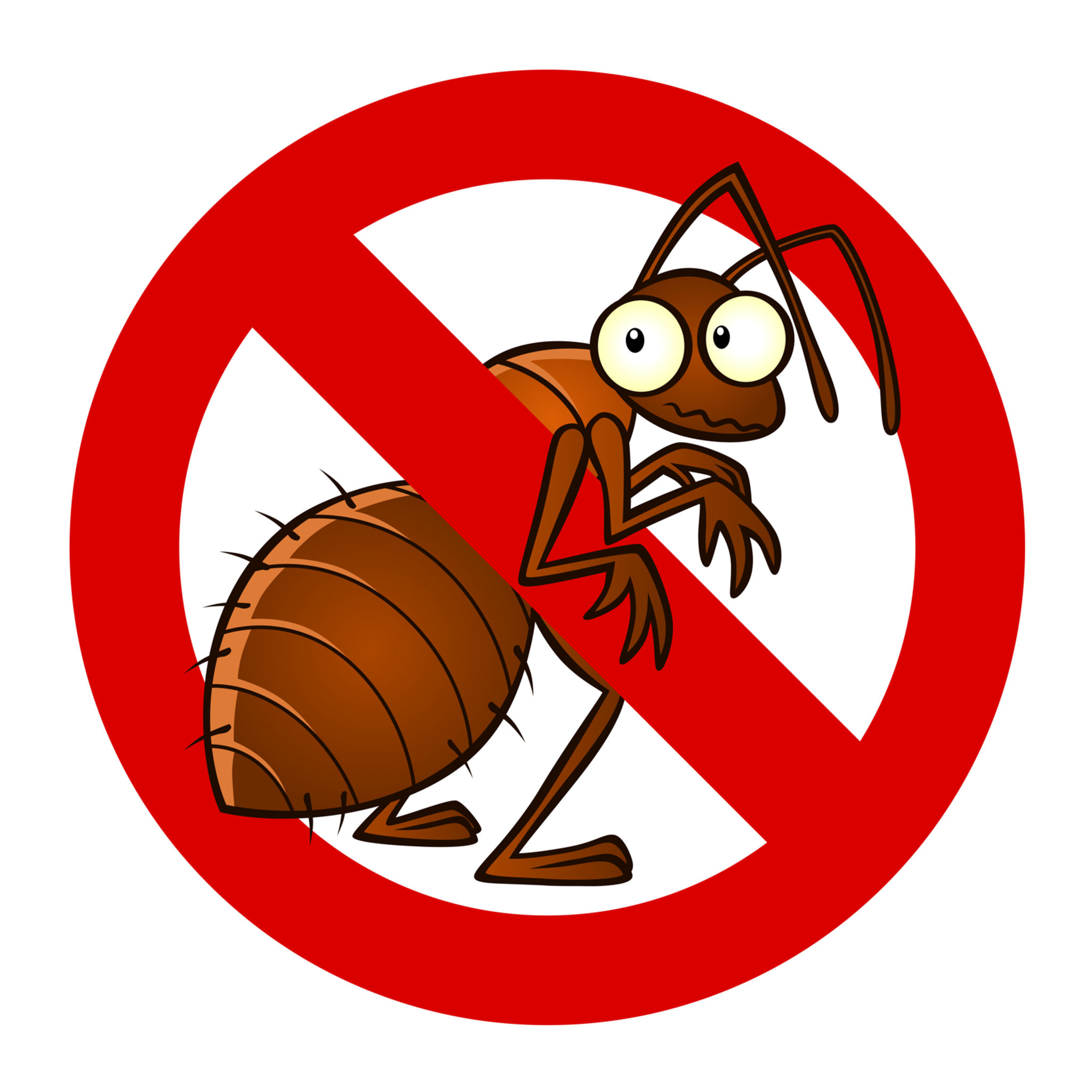Bed Bug Therapy Failure: Comparing Chemical Vs. Non-Chemical Solutions
In the world of pest control, particularly when dealing with the consistent issue of bed pests, the selection between chemical and non-chemical treatment remedies can be a crucial one. Both techniques offer unique advantages and drawbacks, influencing aspects such as effectiveness, security considerations, and overall expense. By checking out the nuanced details of each approach, a clearer understanding of which path to go after in resolving a bed pest invasion can be acquired.
Effectiveness of Chemical Treatments
Chemical treatments for bed insect infestations have been widely acknowledged for their quick and potent effectiveness in getting rid of these insects. When taking into consideration the effectiveness of chemical therapies, it is essential to understand that they can offer a fast and comprehensive service to a bed insect issue. Expert pest control operators commonly count on pesticides to target bed insects at numerous stages of their life process, consisting of eggs, fairies, and grownups. These chemicals normally work by interfering with the bed pests' anxious system, causing paralysis and ultimate fatality.
Additionally, chemical treatments have the benefit of supplying residual results, indicating that they can remain to get rid of bed pests also after the first application. This residual activity is especially useful in combating any prospective re-infestations. Additionally, the fast action of chemical treatments can bring alleviation to individuals dealing with serious bed bug invasions, allowing them to gain back control of their living rooms swiftly.
Security Worry About Chemical Solutions
One important facet that calls for careful consideration when using chemical remedies for bed bug treatment is making sure the security of occupants and the environment. While chemical treatments can be efficient in removing bed insects, they may position dangers otherwise managed effectively. Among the primary safety worry about chemical remedies is the possible harm they can trigger to human health. Direct exposure to particular chemicals utilized in bed pest therapies can bring about respiratory issues, skin inflammation, or other adverse responses, specifically in individuals with pre-existing conditions or sensitivities. In addition, inappropriate application or dosage of chemical pesticides can cause poisonous residues remaining in the cured area, presenting long-lasting health risks to residents.
Moreover, the ecological impact of chemical options is an additional considerable consideration. Some pesticides made use of in bed insect treatments might be dangerous to useful insects, wildlife, and ecological communities if they leach right into the soil or water supply. It is important to utilize chemical therapies sensibly, adhering to safety guidelines, and thinking about much less toxic options to reduce these risks and make sure the efficient and secure administration of bed pest infestations.
Advantages of Non-Chemical Techniques
Taking into consideration the potential security problems and ecological impact associated with chemical options for bed pest therapy, checking out non-chemical strategies provides an encouraging choice with several distinctive advantages. Non-chemical approaches offer a safer option for houses, specifically those with youngsters, individuals, or animals sensitive to severe chemicals. These methods get rid of the threats of direct exposure to poisonous compounds, lowering the possibility for damaging wellness impacts. Additionally, non-chemical therapies are ecologically friendly, as they do not add to air or water pollution, making them a sustainable option for insect control.
In addition, non-chemical options can be effective in targeting bed pests, consisting of hard-to-reach locations where chemical therapies may not pass through. Techniques such as heat treatment, vacuuming, heavy steam cleansing, and bed mattress coverings provide detailed obliteration without the usage of hazardous chemicals. In addition, non-chemical strategies can be much less disruptive, calling for minimal prep work and permitting quicker find out here reentry right into treated locations. In general, deciding for non-chemical bed insect treatment approaches not only focuses on safety and security and environmental management however additionally guarantees reliable and comprehensive bug control.
Limitations of Non-Chemical Treatments

Furthermore, non-chemical therapies typically require several applications to achieve effective eradication. This can be lengthy and might not always guarantee total removal of all bed bugs and their eggs, specifically in hard-to-reach or covert places.
Additionally, the success of non-chemical treatments heavily relies upon proper application and thoroughness, which can be challenging for individuals without expert know-how. Poor application of non-chemical techniques might result in incomplete eradication, resulting in relentless problems and the need for added treatments.
As a result, while non-chemical therapies have their benefits, it is vital to acknowledge these restrictions and consider them when identifying one of the most reliable approach for managing bed pest invasions.
Expense Contrast: Chemical Vs. Non-Chemical Options
Provided the limitations connected with non-chemical treatments, an essential facet to examine in the context of bed bug administration is the cost comparison between chemical and non-chemical More Help choices. In comparison, non-chemical treatments like warmth treatment or heavy steam can be much more pricey, with costs varying from $1,000 to $6,000 for an entire home. While the first cost of chemical treatments may appear lower, several treatments may be called for to fully get rid of the invasion, possibly enhancing the total cost.
Conclusion

Considering the possible safety issues and ecological impact connected with chemical services for bed insect treatment, checking out non-chemical strategies presents a promising alternative with numerous unique benefits.Offered the restrictions associated with non-chemical treatments, an essential facet to review in the context of bed bug administration is the expense contrast in between chemical and non-chemical alternatives. In contrast, non-chemical treatments like warm therapy or vapor can be more expensive, with costs ranging from $1,000 to $6,000 for an entire home. While the visit site preliminary price of chemical therapies might seem reduced, multiple therapies might be called for to fully eliminate the invasion, possibly boosting the total price.In conclusion, when comparing chemical and non-chemical bed bug treatment alternatives, it is crucial to consider performance, safety and security, advantages, limitations, and expense.